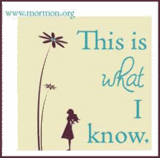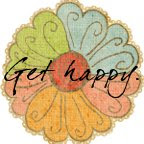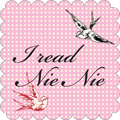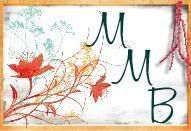 Years ago, I took a class on African-American Women's Literature. My professor, one of the world's experts on Zora Neale Hurston literature, was a petite white woman from New Zealand. She had a passion for Alice Walker, Maya Angelou, and Toni Morrison, among others. She vehemently told us that we--a bunch of preppy white girls--were not their intended audience. Their literature was meant to keep us out, and they would not like us if they met us. The dean gave her great leeway in her research, and so she traveled often to her favorite city, Charleston, South Carolina. She was looking for remnants of Gullah culture there, and she told us of local African-American men who showed her where the slave cemeteries are--under parking garages now. She showed us pictures of intricate wrough-iron gates, the creations of Philip Simmons.
Years ago, I took a class on African-American Women's Literature. My professor, one of the world's experts on Zora Neale Hurston literature, was a petite white woman from New Zealand. She had a passion for Alice Walker, Maya Angelou, and Toni Morrison, among others. She vehemently told us that we--a bunch of preppy white girls--were not their intended audience. Their literature was meant to keep us out, and they would not like us if they met us. The dean gave her great leeway in her research, and so she traveled often to her favorite city, Charleston, South Carolina. She was looking for remnants of Gullah culture there, and she told us of local African-American men who showed her where the slave cemeteries are--under parking garages now. She showed us pictures of intricate wrough-iron gates, the creations of Philip Simmons.That was the first I'd ever been made aware of this city, a beautiful, beguiling place, with a dark, sinister side: the Venice of the South. Driving down on a late summer day, you may find a parking space on East Battery, near the park. Here, the Cooper and Ashley Rivers meet and rush out to the open Atlantic beyond. Ancient, gnarled oak trees line the roads and provide shade. Civil war cannons, filled with cement, stand sentinel as you gaze out to the harbor and realize, almost with a start, that Fort Sumter and the beginning of the Civil War, are floating in the water in front of you. Behind you, there are elegant homes in every hue with all the porches facing eastward, toward the harbor breeze. Strictly controlled by a preservation and restoration society, each home--even when connected--is unique and distinct. Here, hardwood doors are lit on either side by flickering gas torch lamps--a nod to an earlier, more enlightened era. Cobblestone alleyways run behind the homes, punctuated with gates that lead into demure, inviting gardens. It is one of the most beautiful places I have ever been.
It is entirely possible, in this city, to envision women in hoop skirts or colonial flounces. It seems, sometimes, like you can hear the echo of carts and the horses clattering down the streets. There are still shadows of the gentlemen and ladies as well as the slaves, the pirates, and the poor that walk these streets. It is the kind of place that makes you believe in ghosts. Even today, all the locals seem to know each other--calling out greetings across streets and exchanging warm hellos. It is easy to be enchanted by it's quiet, charming beauty. But it is hard to overlook the slums that crowd just outside the tourist section. As you pass very young men selling roses woven from palm leaves in the middle of a weekday, and you wonder, for a moment, why they aren't in school. Whenever I visit, I feel like I'm surrounded by characters from a book. Stories just begging to be told. It is no different than many of our old cities--Harlem in Manhattan or the French Quarter of New Orleans. Maybe just friendlier. Charleston, like America, is a living contradiction of darkness and light.














3 comments:
I really like it! Your description is the same as my thoughts about "downtown". And I wonder the same things about the palm-frond-boys each time I pass one.
Great post. You describe in such vivid language exactly how I feel when I'm there, but have a hard time expressing.
I love Charleston! In describing this wonderful, mysterious place, you've taken the words from my heart and written them better than I ever can!
Makes me crave a road trip.
Post a Comment